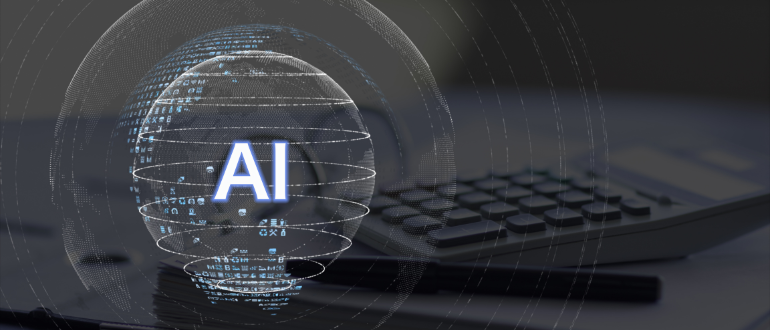
Amazon.com Inc. is preparing to cut up to 15% of its human resources staff as part of a broader artificial intelligence (AI)-driven restructuring.
The layoffs will primarily affect the company’s People eXperience and Technology (PXT) division, which employs more than 10,000 workers globally across technology, recruiting and traditional HR functions. Additional cuts are expected in other divisions, though the company has not specified which areas will be affected.
Amazon declined to comment on the reported layoffs or whether employees at Amazon Web Services would be impacted.
The cuts align with guidance CEO Andy Jassy provided to employees in June, when he warned that AI-driven efficiency gains would lead to workforce reductions across the company’s corporate operations.
“As we roll out more Generative AI and agents, it should change the way our work is done,” Jassy wrote in a companywide letter. “We will need fewer people doing some of the jobs that are being done today and more people doing other types of jobs.”
Jassy acknowledged the uncertainty surrounding the scale of the restructuring but said the company expects its corporate workforce to shrink “in the next few years” as AI is deployed extensively throughout Amazon’s operations.
The planned workforce reductions come as Amazon seeks to control labor costs while pouring resources into AI development. The company has pledged to spend upward of $100 billion on capital expenditures this year to expand its cloud computing and AI data center infrastructure, supporting both internal operations and enterprise customer sales.
The cuts mark Amazon’s second major downsizing in recent years. Jassy previously oversaw the largest layoffs in company history between late 2022 and 2023, eliminating at least 27,000 corporate positions. Those reductions mirrored broader Big Tech cutbacks as pandemic-era demand patterns shifted.
Now tech companies are increasingly turning to AI to automate tasks ranging from routine administrative work to more complex functions, reducing their reliance on human staff. Jassy signaled this shift in his June letter, urging employees to adapt or risk being left behind.
“Those who embrace this change, become conversant in AI, help us build and improve our AI capabilities internally and deliver for customers, will be well-positioned to have high impact and help us reinvent the company,” Jassy wrote in the companywide message, which was also posted to Amazon’s corporate blog.
But Jassy made clear not everyone would survive the transition: “We expect that this will reduce our total corporate workforce as we get efficiency gains from using AI extensively across the company.”
Since taking over from founder Jeff Bezos in 2021, Jassy has cultivated a reputation as a cost-cutter, though he inherited what observers describe as a company that had grown bloated in certain areas. Amazon executives routinely pressure managers to meet targets for “unregretted attrition” or URA — a metric measuring the percentage of employees the company would accept losing through resignations, performance management or layoffs. However, sources told Fortune the current cuts are being handled differently from the standard URA process.
Even as Amazon trims corporate staff, the company announced its annual seasonal hiring push on Tuesday, planning to bring on 250,000 temporary workers across its U.S. warehouse and logistics operations for the holiday rush. The company is scheduled to report quarterly earnings later this month.

